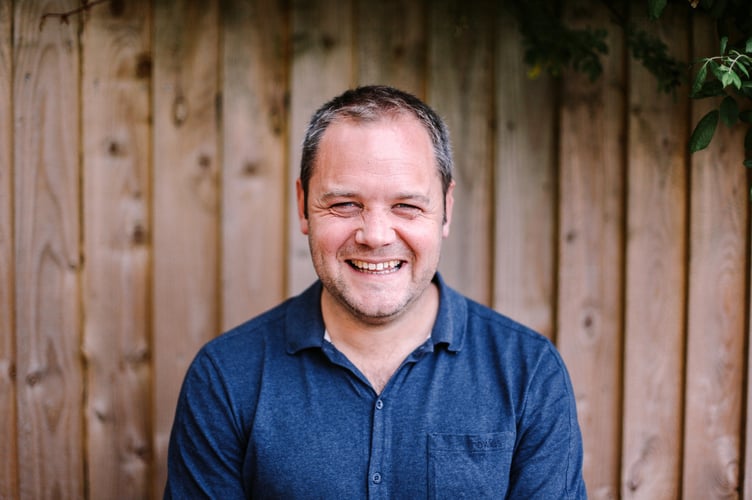SEVERAL years ago I heard an analogy used really effectively.
It was about the differences between cattle farming in England and in Australia. Here we build fences to keep the cattle together on our land.
There they just dig a well because, in the hot dry climate of Australia, cattle will never flee far from a reliable water source.
I should find an Australian farmer from whom to get the whole story as it’s possible that the analogy is based upon a falsehood.
Yet even if the analogy were factually incorrect it remains true in several other ways.
The first time I heard the story it was used to introduce the thinking about different kinds of community – specifically “bounded” or “centred” communities.
We are all members of different and overlapping communities and groups, yet it can be hard to define a community.
A bounded community will instinctively describe itself by reference to its boundaries – the fences in the analogy.
Giving attention to the fences that mark out our space we will tend toward describing our community by who is in and who is out, who is “us” and who is “them”.
But, instead of worrying about establishing lines between “us” and “them”, a centred community will more often think about how the vision and values at the heart of their shared life draw them together, and the boundary lines can be blurrier.
I’ve devoted much of my life to a community called the church which sprang up almost 2,000 years ago.
One of the founding stories of the church is based around a dream that Jesus’ friend Peter had not long after Jesus’ crucifixion.
Peter dreams about a tablecloth coming down from the sky, filled with many different kinds of animals.
He hears a voice which invites him to eat. Peter recoils, not out of concern for animal welfare, but because those animals were “unclean” to him.
The Hebrew culture the church had sprung out of concrete rules about which foods could be eaten and which could not.
Moreover, the following of those rules was a very clear boundary marker in their community – by keeping the rules you were demonstrably one of “us”, by breaking them you made yourself one of “them”.
But through his dream Peter came to see that the fledgling church he led was to become a more inclusive community for all, a community without rigid boundaries, a community of open arms toward all who wanted to join them, where there is no longer an unclean “them”.
One of my sadnesses is that the church has often forgotten the dream and has frequently been more concerned about boundaries than about radical welcome, more concerned defining who is “out” than welcoming in all.
At our church on May 18 we’re going to think about Peter’s dream again, hoping that the radical vision of community for all can shake us afresh.
We’re doing it over breakfast too, with some “unclean” foods to try. Need I say that everyone is welcome?
James Gregory
Senior Pastor
Crediton Congregational Church





Comments
This article has no comments yet. Be the first to leave a comment.